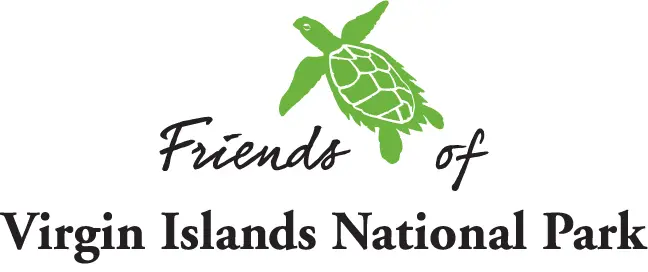Renovations Completed at VIERS Lab Signal a Milestone in Rebuilding Efforts
By Kerrin Margiano | The Source | November 17, 2024.
The Virgin Islands Environmental Resource Station (VIERS), a world-renowned research facility on St. John, is taking significant steps toward revitalization. The University of the Virgin Islands recently completed crucial renovations to the lab with a $245,000 grant from the National Science Foundation. This marks an essential first step in the journey to rebuild a facility that has been closed since the devastating 2017 hurricanes.
Paul Jobsis, director of Marine and Environmental Studies at UVI, who first assessed the damage in September 2017, has remained steadfast in his commitment to the facility’s restoration. “UVI is looking to renew their long-term contract with the National Park for management of the lab and camp,” Jobsis noted, highlighting the university’s dedication to the lab’s future.
Since its inception, VIERS has thrived through a unique collaboration with the Virgin Islands National Park, making it a hub for scientists, students, and community members alike. Positioned in Lameshur Bay within the park’s boundaries, the facility’s fate rests in part with the park’s management. Deputy Superintendent Scott B. Simmons shared, “The $4.2 million disaster relief allocated for VIERS went toward schematic design and funding larger projects.”
While there is no definitive timeline for the full restoration, Simmons indicated that about 30 percent of the VIERS schematic design is complete, with 70 percent of the Lameshur Road project close to final design. Rebuilding the road, which is the only land access to VIERS, is a critical step toward fully reopening the facility.
The lab’s history dates back to 1966, making it the second-oldest research collaboration between a university and the National Park Service in the U.S. Parks System. VIERS has gained international acclaim, particularly in 1969, with the Tektite project—the world’s first underwater habitat—which put the Virgin Islands at the forefront of marine research. In 1970, Sylvia Earle shattered gender norms by leading the first all-female research team during Tektite II.
Tonia Lovejoy, executive director of Friends of Virgin Islands National Park, emphasized VIERS’ legacy. “Prior to 2017, VIERS was an internationally recognized marine science and education facility with a fascinating history. Beyond world-class research, it inspired and engaged hundreds of Virgin Islands youth.”
The facility provided critical exposure to marine science and water safety for underrepresented children from across the Virgin Islands, laying the groundwork for today’s park education programs. Simmons affirmed, “Science and scientific education have long been a key part of the National Park Service’s mission.”
The impact of VIERS ranges from early education to university-level study, fostering a passion for environmental stewardship. Former participants often recall how their experiences changed their lives and express a deep desire to support its restoration. One such advocate is Cortney Balcer, now a National Park guide, who attended the 2010 Ranger in Training Camp. “I’d love to see this resource open to continue the natural and cultural significance this site holds,” she said.
Danielle Fibikar, a visiting researcher from the College of Staten Island and VIERS volunteer since 2014, shared how the facility influenced her career, echoing the sentiments of many who have passed through its doors. Lovejoy reiterated the commitment of the Friends of Virgin Islands National Park. “We would love to see the place and programs restored and would happily roll up our sleeves and engage in making it happen,” she said, expressing her gratitude for the opportunities VIERS provided.
VIERS’ role in nurturing leaders in marine science is more crucial now than ever as research into fragile coral reef ecosystems becomes increasingly vital. Steve Simonsen, a local photographer, is working on a documentary to capture VIERS’ global impact and its importance to the environment.
